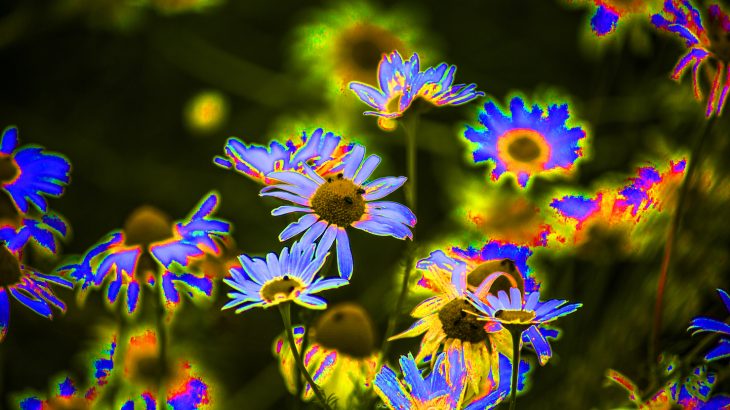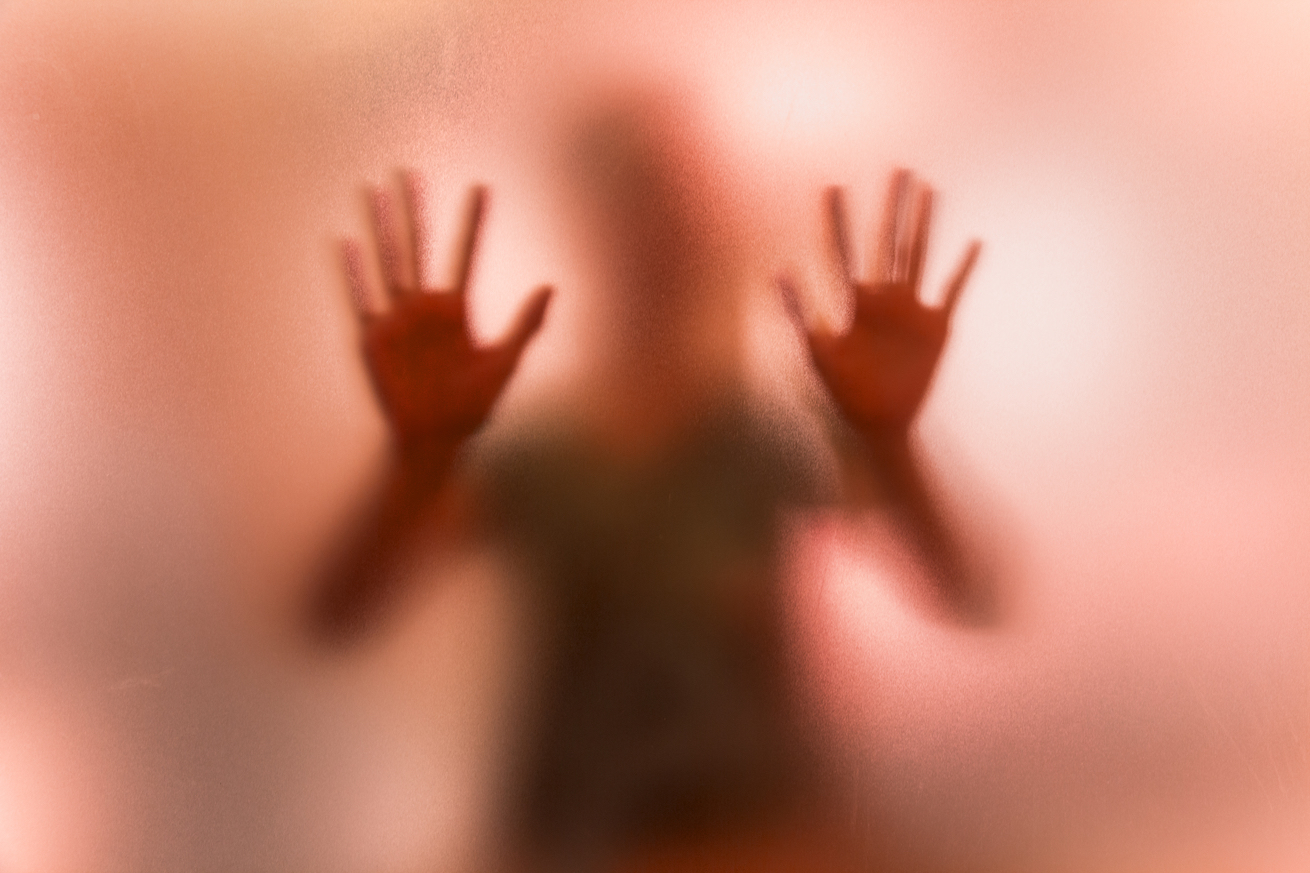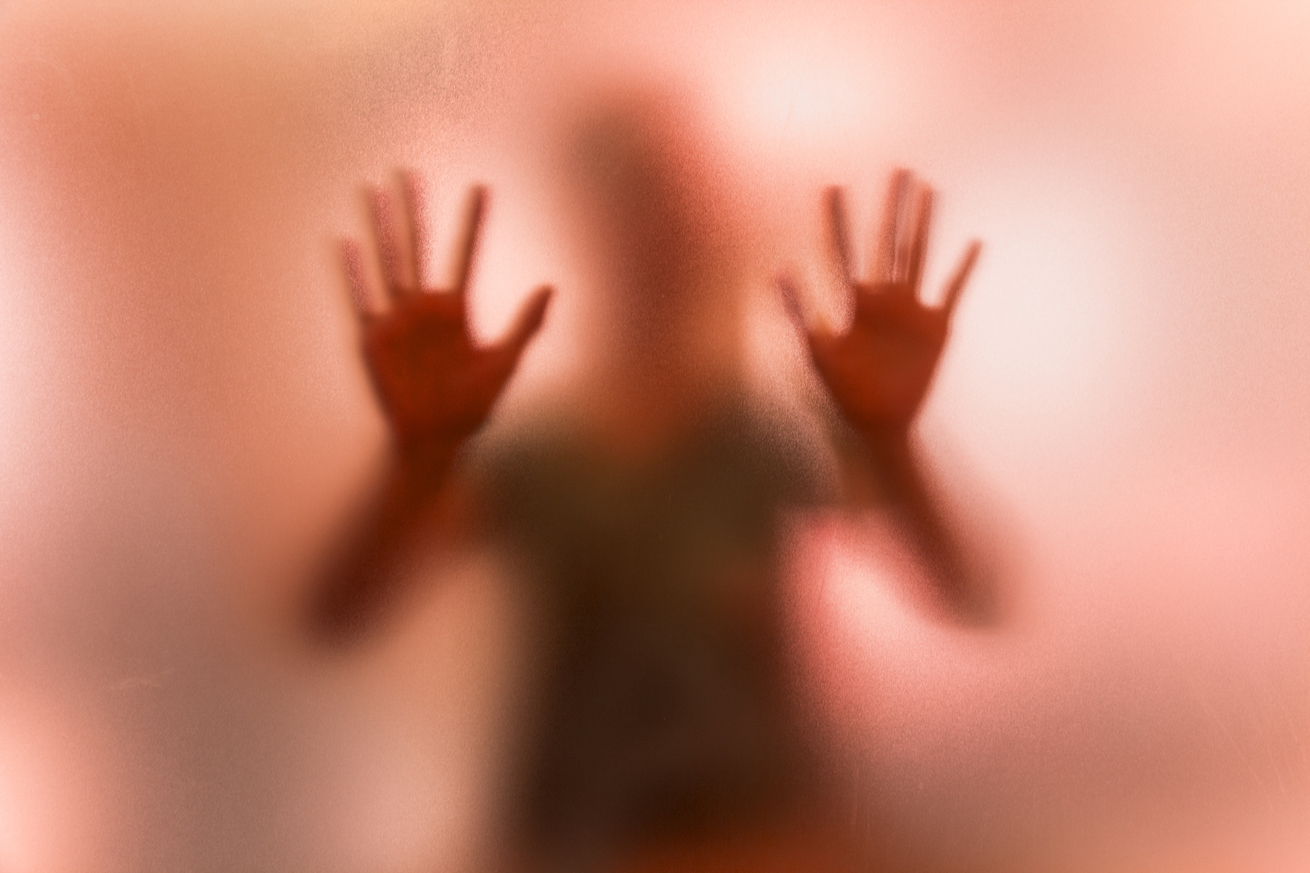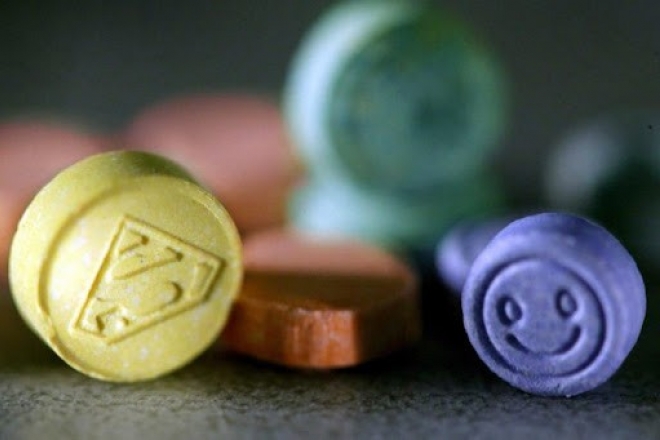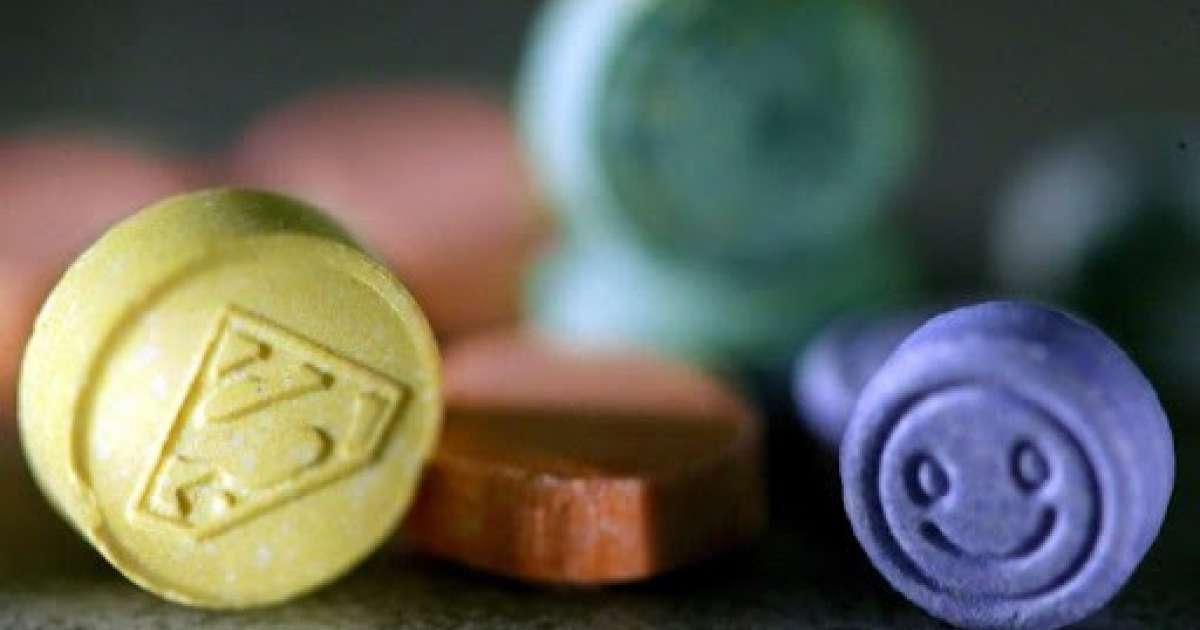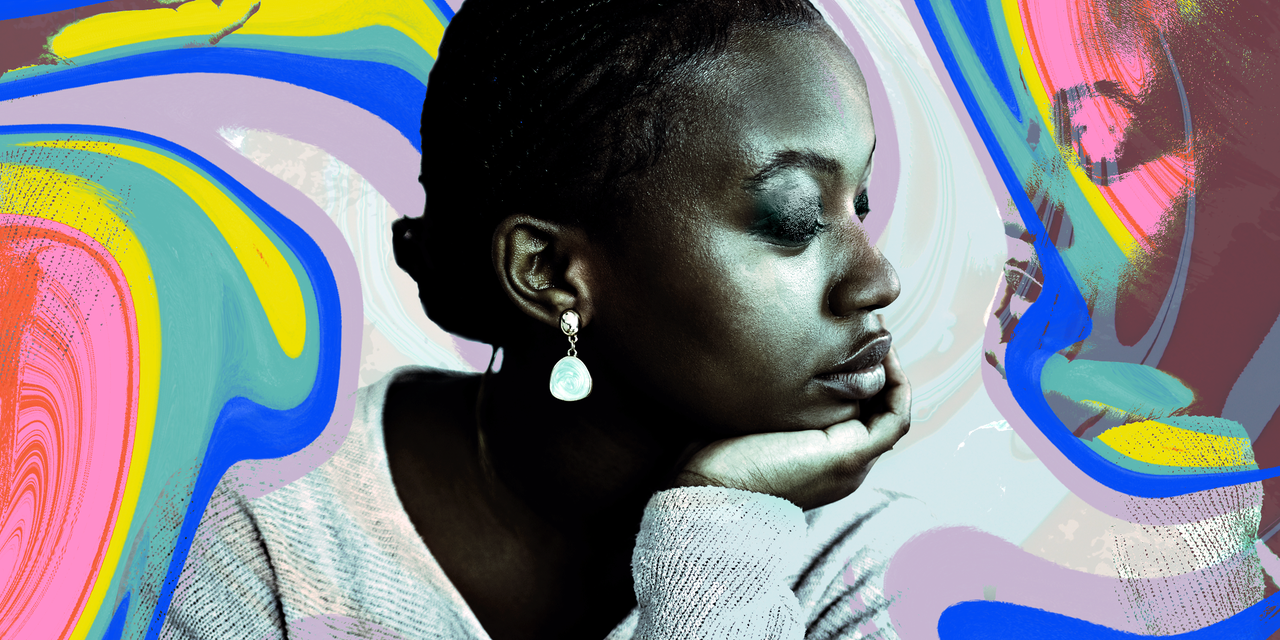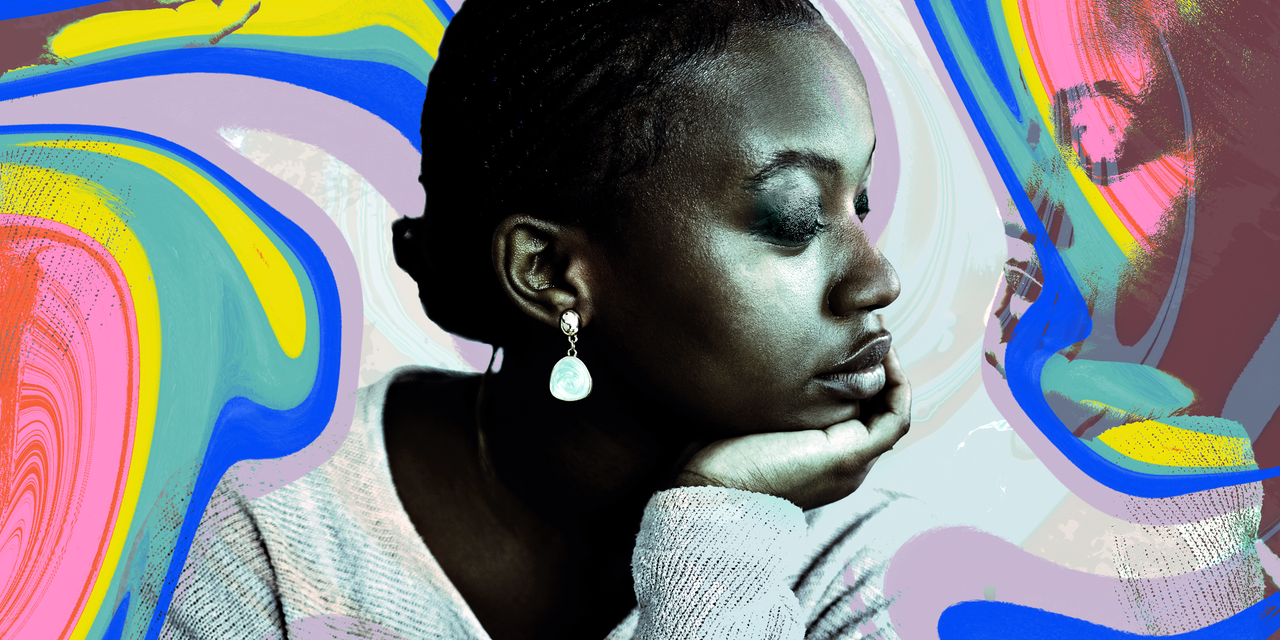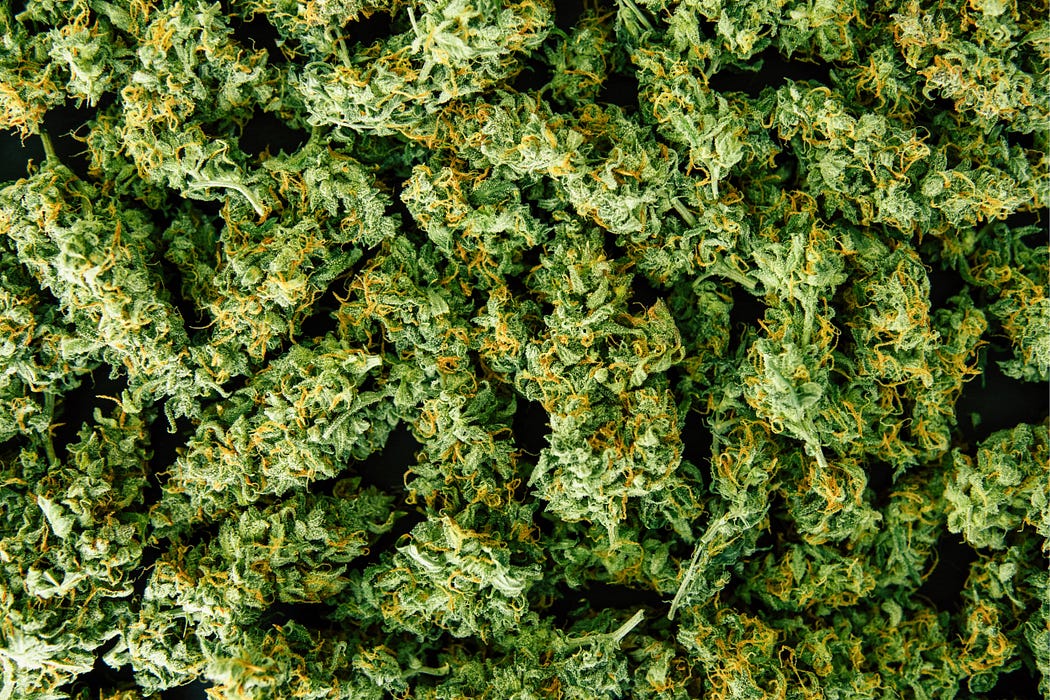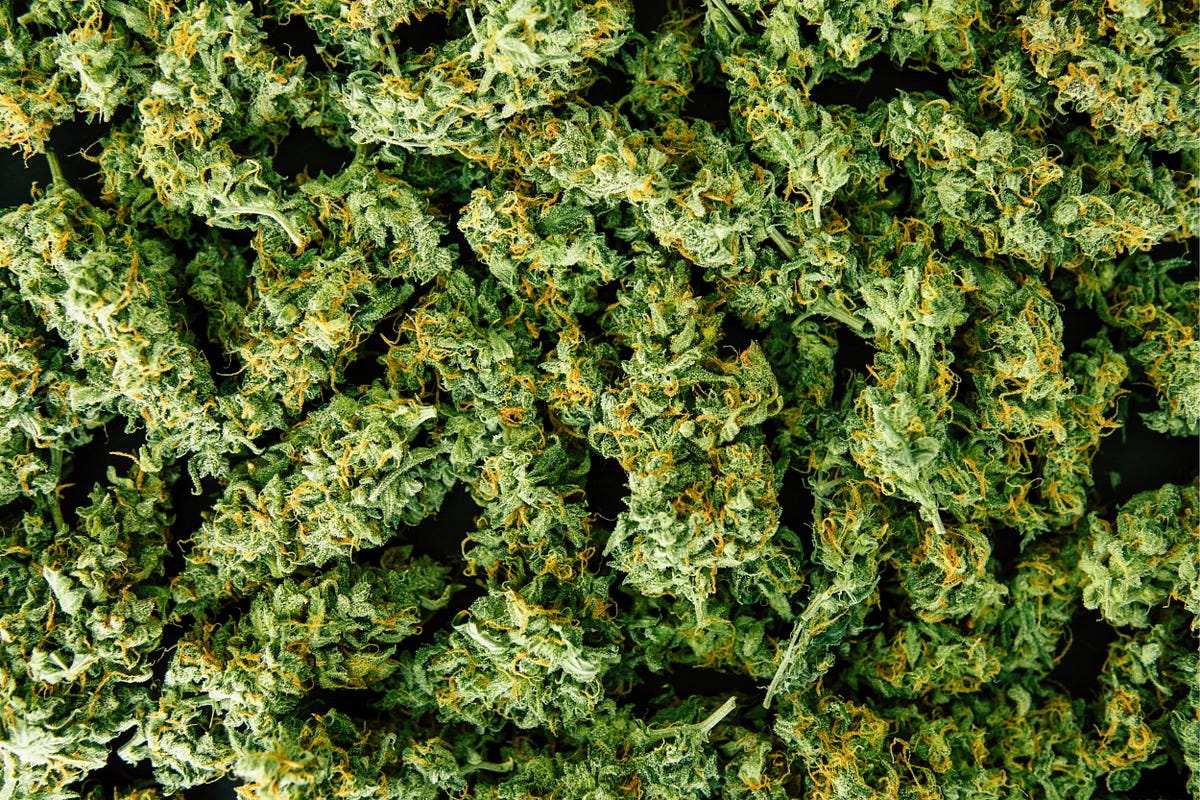What’s the safest way to try psychedelic-assisted therapy right now?*
There are hoops to jump through, but you have options.
by Nikesha Elise Williams | SELF | 25 May 2022
Therapy and medication are currently the most powerful tools we have to treat mental health conditions like PTSD, depression, and anxiety. But for some people—especially those who do not respond to these conventional treatments—researchers are discovering a promising new pathway to transformative mental health care:
psychedelic therapy.
This isn’t the free-for-all glory days of Woodstock psychedelics that you might be imagining. We’re specifically talking about psychedelic-
assisted therapy, which is practiced under the careful guidance of a trained clinician, who administers a controlled amount of a psychoactive substance to induce a person into an altered state of consciousness. In theory, this type of therapy encourages you to mentally explore the underlying roots of certain mental health issues.
It’s important to understand which drugs fall under the psychedelic umbrella: LSD, psilocybin, MDMA, and ayahuasca. Because these are Schedule I drugs in the U.S., they are illegal at federal level due to their high potential for misuse and dependence, as well as having no accepted medical uses currently.
Then there’s ketamine, a Schedule III substance that is not typically seen as a genuine psychedelic. Instead it is viewed as a “dissociative anesthetic.” Currently, ketamine is the only substance with psychedelic properties with legalized, medically-accepted uses in the U.S.
Psilocybin is also on the path to legalization for therapeutic use,
at least in Oregon, where it has already been decriminalized. Practically, that means the Oregon Health Authority will be responsible for licensing and regulating the manufacturing and sales of psilocybin products, as well as creating the country’s “
first regulatory framework for psilocybin services” by January 2023.
The type of research experts have been able to do with these drugs has historically been limited—but significant strides are being made. In new and ongoing clinical trials, these substances have shown promise in treating everything from PTSD7 to treatment-resistant depression8 to substance use disorders.
Generally, in the future, once these drugs are approved by the U.S. Food and Drug Administration (FDA) for specific mental health conditions, psychedelic-assisted therapy might be considered when other largely effective treatments haven’t worked well for a person.
“We are entering a period where we can do expanded access treatment or compassionate use,” Monnica Williams, PhD, a clinical psychologist and training director of the
Behavioral Wellness Clinic in Tolland, Connecticut, and a leader in the field of psychedelic science who has published over 100 peer-reviewed articles, tells SELF.
“That’s when a drug is made available in advance of final approvals to people for whom nothing else has worked.”
The experts SELF spoke with estimate it could take between 4 to 10 years for these drugs to receive FDA approval. But you shouldn’t let that timeline discourage you. Here’s everything you need to know about exploring this type of therapy right now.
What’s the safest way to access psychedelic-assisted therapy?
There are still a lot of hoops to jump through, but you have some options.
1. Ask your doctor if ketamine may be right for you.
Ketamine is an injectable anesthetic that has traditionally been used for short-term sedation and anesthesia. But due to its dissociative and hallucinogenic effects, it’s been lumped in with other exploratory psychedelic research in the mental health space.
The FDA
first approved esketamine, a ketamine-based nasal spray, for treatment-resistant depression in 2019. It is currently the only form of ketamine that is FDA-approved to treat a mental health condition and it is meant to be used in conjunction with antidepressants. Since esketamine can cause sedation, impaired judgment, and has the potential for misuse, there are strict guidelines around its use. It must be administered under the supervision of a doctor and you may need to convince your insurance to cover the cost by providing proof that you’ve tried other medications and therapies, according to
Johns Hopkins Medicine.
Because ketamine is not a Schedule I drug, it is also prescribed for off-label use—say, to help treat other mental health conditions it was not specifically approved to treat, like PTSD. That loophole has given rise to
ketamine-assisted therapy clinics all over the country, where ketamine is typically available via I.V. infusion.
"You can walk into one of these clinics on your own, but you will need to do a mental health and medical evaluation to be approved for treatment. While these clinics are run by health professionals, concerns around safety and efficacy protocols—such as proper dosing—have been raised, as there is no regulated framework for ketamine-assisted therapy yet these clinics patients are required to pay out of pocket since the use is considered off-label, and the price can range from hundreds to thousands of dollars" Peter Hendricks, PhD, a clinical psychologist and professor who specializes in substance abuse treatment and prevention and hallucinogenic therapy at the
University of Alabama at Birmingham, tells SELF.
If you’re interested in ketamine, a good place to start is the
American Society of Ketamine Physicians, Psychotherapists, and Practitioners (ASKP3) directory, as members of this organization pledge to uphold
standards of practice and
ethical principles when providing health care services.
2. Clinical trials are your only legal option for most psychedelics.
One of the safest ways to try psychedelic-assisted therapy—whether you’re exploring MDMA, psilocybin, LSD, or other substances—is by participating in a clinical trial. That’s because the trials are done in a safe, controlled environment under the guidance of trained clinicians before, during, and after the psychedelic experience.
But being accepted into one of these clinical trials isn’t as easy as simply signing up. It’s a competitive space right now, Dr. Williams says. One clinical trial she’s leading, which is currently investigating MDMA for the treatment of PTSD, can only accept five people.
You also have to meet strict criteria to be considered as a trial participant, she says, which could involve having symptoms for a certain period of time, agreeing to all study rules and regulations, setting time commitments, and more. (While this looks different for each trial, here’s a
snapshot of the qualifications you would need to meet to participate in trials spearheaded by MAPS.)
To find a clinical trial near you, ask your doctor or therapist about any studies they might be aware of in your area.
ClinicalTrials.gov is also a good resource; you can tailor your search to the type of psychedelic-assisted therapy and mental health issue you’re interested in, as well as your location. You can also look into accredited universities and medical centers that have research teams dedicated to psychedelics. Here are a few helpful places to start:
3. Discuss expanded access treatment with your care team.
Expanded access means the
FDA recognizes that a person has a serious or life-threatening condition that has not responded to other effective therapies, and the use of an “investigational medical product” could be appropriate to try if the potential benefits to the person’s quality of life outweigh the risks.
Unfortunately, it’s not a simple process. To get approval for expanded access treatment, you and your doctor will need to have a conversation about whether the treatment is a good choice for you, including the risks and costs to be aware of, according to the
FDA. From there your doctor will need to seriously advocate for you by agreeing to oversee and monitor your treatment, reaching out to the company providing the medical product in order to receive its agreement, and submitting the necessary paperwork to the FDA. Once all parties agree to the expanded use request, treatment can begin.
For example, when it comes to expanded access to MDMA-assisted therapy to treat PTSD, at least
two study sites are screening people for this purpose:
Sage Integrative Health in California and the
Pearl Psychedelic Institute in North Carolina. If your doctor believes this type of therapy may be the only way to treat your PTSD, they will need to contact an official expanded-access site on your behalf. Once the request and required medical information are received, the site will acknowledge the request within 10 business days and make a decision. Access is not guaranteed, even with a formal request, according to
MAPS.
4. Consider integration therapy if you’ve already tried psychedelics.
Let’s say you have already tried psychedelics on your own, in whatever capacity that may have looked like, and now you’ve got
feelings about it. Thankfully, there are therapists who specifically work with people who have tried these drugs on their own and then felt like they needed to process the experience and the emotions it uncovered, Dr. Williams says.
“We call it integration therapy,” she explains.
“We do offer that because it happens a lot.”
The formal name for this type of therapy is psychedelic harm reduction and integration (PHRI). While many therapists work with people to process their psychedelic experience, there is no formal guidance on how to do this, according to a 2021 paper published in
Frontiers in Psychology, which does provide a suggested framework.
According to the article’s authors, your therapist should help you process feelings that manifested during or after your experience, like anxiety, fear, or
depression. Essentially, they should safely guide you through feelings of vulnerability, increased sensitivity, and other insights that arise.
When looking for an integration therapist, consider one who is trained in PHRI. Since it’s rooted in harm-reduction therapy—rather than abstinence-based approaches—PHRI-trained therapists won’t make moral judgments about drug use, so you should feel safe talking with them about your experience with psychedelics. You may also want to ask about their knowledge of, or experience with, psychedelic-assisted therapy—as well as factors like their background and credentials, approach to treatment, and commitment to
cultural competency—to determine if they may be a good fit for your personal needs and preferences.
Not sure where to begin?
Inclusive Therapists has a directory that allows you to filter for experts who have experience in psychedelic-assisted or integration therapy in your area.
Psychology Today and the
American Psychological Association also have helpful directories for finding a therapist or psychiatrist in general.
5. It’s possible to access psychedelics illegally, but it’s ultimately risky.
As you may have noticed, we haven’t recommended obtaining or trying psychedelic drugs on your own to self-treat.
"Accessing them illegally and experimenting with them alone can be dangerous in various ways," Dr. Williams says.
There is a reason these substances are being explored carefully in the controlled setting of a clinical trial. Receiving the appropriate dose and working through your experience with a trained clinician is important for your physical and emotional safety and the effectiveness of the treatment itself.
"Outside of medically-approved settings, there’s no quality control for the substances being used and there’s no accountability for people who administer these drugs in a harmful way," Dr. Williams explains,
"even if any harm done is an accident. Unregulated practices can lead to a bad “trip” which has the potential to trigger or exacerbate mental or physical health issues—the opposite of what these drugs should be doing when used responsibly." In general, Dr. Williams says it’s just not worth it.
How are experts working to make psychedelic-assisted therapy more accessible in the future?
While researchers work to get these drugs closer to FDA approval, there’s been lots of buzz around future accessibility. Three big barriers include cost, therapy deserts, and a lack of diversity in researchers and trained professionals. Here’s where things stand now.
Cost and insurance
Like many novel treatments, psychedelic-assisted therapy is expensive. These sessions can run up to $20,000 to $40,000 or more, Dr. Williams, who has sought out grant funding to help lower the cost for her patients, says.
One way to lower cost, she says, is to tweak protocols without compromising efficacy, like reducing the number of required therapists in the room or the number of required sessions. Dr. Hendricks adds that telehealth psychotherapy sessions, subsidizing treatment for people who need financial assistance, or offering a sliding scale payment option could also help.
"FDA approval could open the door to insurance coverage too. There are advocacy groups who are working to make sure that the necessary medical codes and billing procedures are ready, so these treatments can be billed to insurance when the time comes," Dr. Williams says.
Psychedelic therapy deserts
Mental health care deserts continue to be a major problem in the U.S. Add in the specialized training that will be required for psychedelic-assisted therapy, and the issue becomes even more challenging. When a framework for training is regulated and made accessible, it will be imperative to reach qualified practitioners and clinicians in all areas of the country.
There is also the question of
how this training will be regulated. All eyes are on Oregon right now, Dr. Williams says, as the state’s health department has released draft guidelines for
testing products and
training requirements for people administering psilocybin. Currently, the draft guidelines state that facilitators will need a minimum of 120 hours of instruction, 25% of which needs to be in-person training, but the details are still being hammered out.
Inclusivity of all people and communities
Dr. Williams says she once went to a research training and realized she was the only Black person in the room.
“People were asking me, ‘How do we get more diverse participants in our studies?’” she recalls. For her the answer was simple: Diversify the study teams.
"Diversifying the practitioners who are trained to administer these treatments is also imperative" she says. This means training people of all races, ethnicities, gender expressions, sexual orientations, and religious faiths.
If you’re from a marginalized community and have felt disrespected or dismissed by a health care provider in the past, then you understandably might have reservations about trying these therapies,
“considering that you’re very vulnerable when you’re under the influence of psychedelics,” Dr. Williams says.
“You’ll want to make sure you’re with somebody you can trust.”
*From the article (including references) here :
There are hoops to jump through, but you have options.

www.self.com
